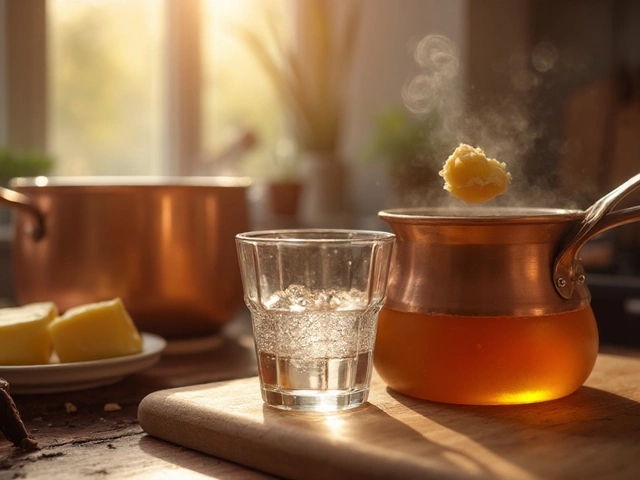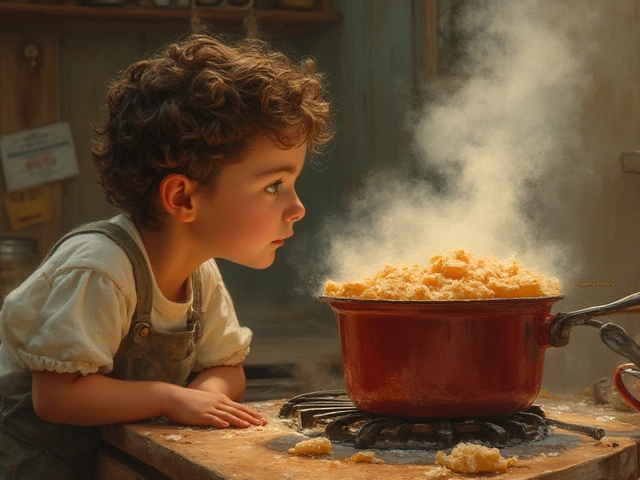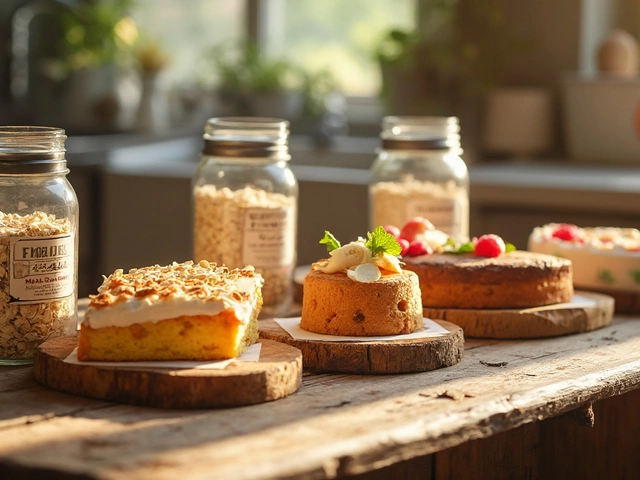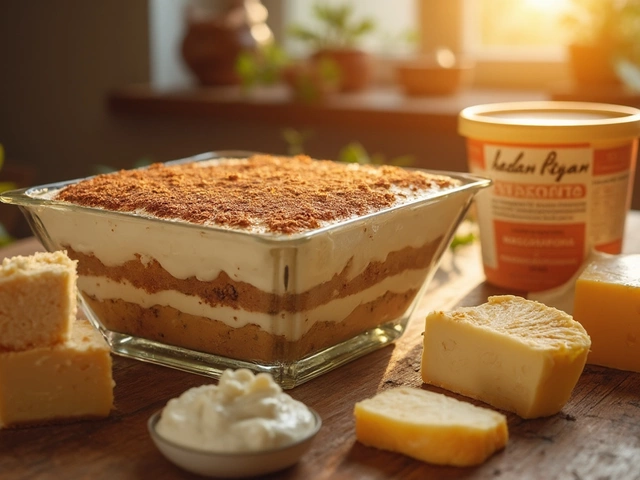Macaron History: From Monks to Modern Pastry Fame
If you think macrons are just a pretty cake today, you’re missing a centuries‑long story. These tiny almond‑based cookies started in a monastery kitchen, crossed borders, and ended up as a must‑have treat at Parisian cafés. Let’s walk through the key moments that shaped the macaron we love.
Early Roots – The Monastic Beginnings
The first macaron‑like biscuit appeared in the 8th‑century Italian city of Venice. Monks used almond flour, egg whites, and honey to make a simple, shelf‑stable cookie that could be stored during long fasting periods. The recipe spread across Italy and eventually reached the French court in the 16th century when Catherine de Medici married the future King of France. She brought Italian culinary ideas, including the almond meringue, to French kitchens.
Parisian Transformation – Two‑Shell Wonders
In the 19th century, a French pastry chef named Pierre Desfontaines started sandwiching two small shells together with jam or buttercream. He called the result "macaroon" (the name later shifted to "macaron"). This two‑shell version set the stage for the modern pastry. The big leap came in the 1930s when the famous patisserie Ladurée, under the direction of Pierre Despont, introduced a wide range of flavored fillings and bright colors. Their elegant presentation turned the macaron into a luxury item.
From there, other boutique shops in Paris—like Maison de la Truffe and Jean-Paul Hévin—added their own twists. They experimented with pistachio, coffee, rose, and even savory flavors. The trend caught on internationally in the early 2000s, thanks to food blogs and social media. Today you can find macrons in Tokyo, New York, and Sydney, each city adding a local flavor.
Why the Macaron Stays Popular
First, the texture is addictive: a crisp shell gives way to a soft, chewy interior. Second, the bright colors make them Instagram‑ready, which fuels demand. Third, the versatility lets bakers play with flavors, from classic vanilla to matcha or lavender. Finally, the small size makes them perfect for gifting or tasting menus.
Even though the basics are simple—almond flour, egg whites, sugar—getting the perfect macaron takes practice. The batter must be mixed to the "macaronnage" stage, where it flows like lava, and the shells need to dry before baking so they develop the signature smooth tops.
Fun Facts to Impress Your Friends
- The word "macaron" comes from the Italian "maccherone," meaning fine dough.
- Traditional French macrons are gluten‑free because they use almond flour.
- During World War II, almond flour was scarce, so bakers used hazelnut or walnut flour as substitutes.
- In 2016, a single Ladurée macaron cost about €1.50, showing how far it’s become a premium treat.
So next time you bite into a macaron, remember you’re tasting a piece of history that traveled from a monk’s pantry to a high‑end boutique. Whether you’re a beginner or a seasoned baker, knowing the backstory adds extra flavor to every bite.
Ready to try making your own? Start with a reliable almond flour, whip your egg whites to stiff peaks, and watch a few videos on the "macaronnage" technique. With a little patience, you’ll have a batch of Paris‑style macrons that taste just like the originals—minus the pricey boutique price tag.
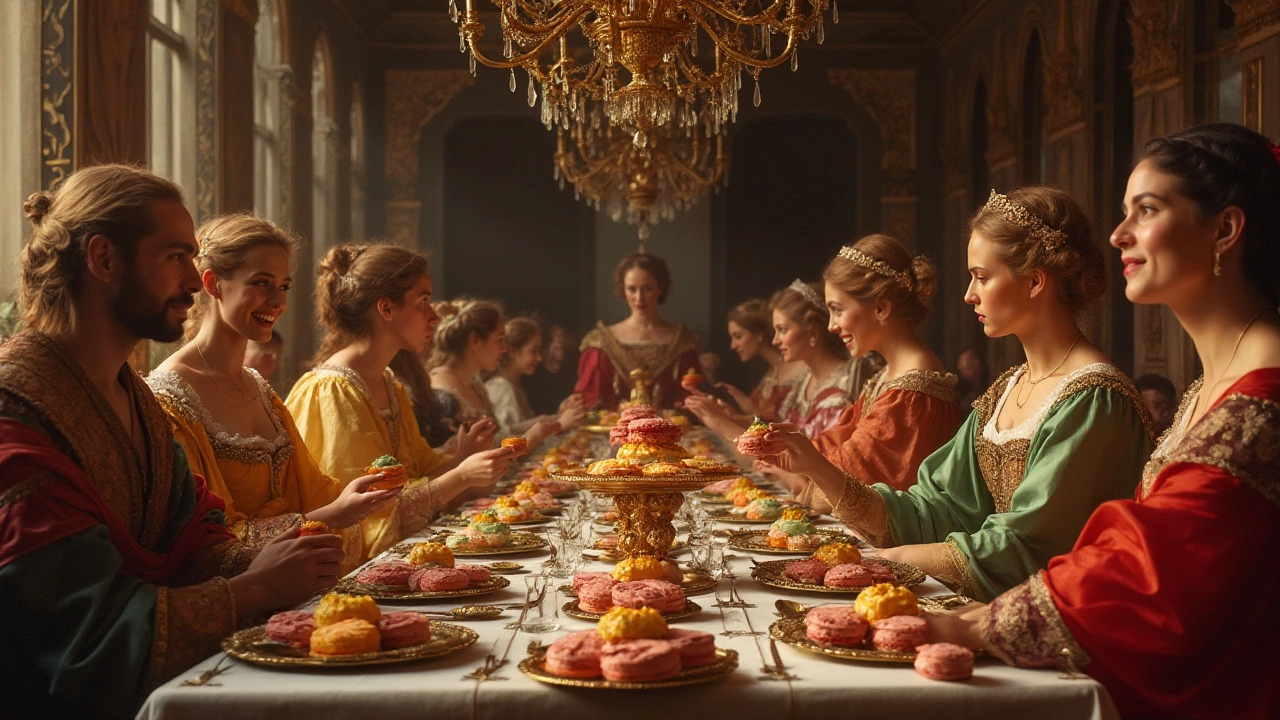
Who Invented the Macaron? Uncovering the Sweet Origins of a Classic Treat
The macaron, a staple of French patisserie, has a rich and debated history. Often associated with France, its origins might surprise you, stretching back to the shores of Italy. This article dives into the mysterious past of this delectable dessert, exploring the colorful journey of macarons from Renaissance courts to chic bakeries worldwide. Discover the unique stories and innovative twists that continue to define this beloved confection.
View More
